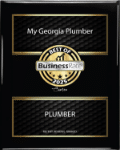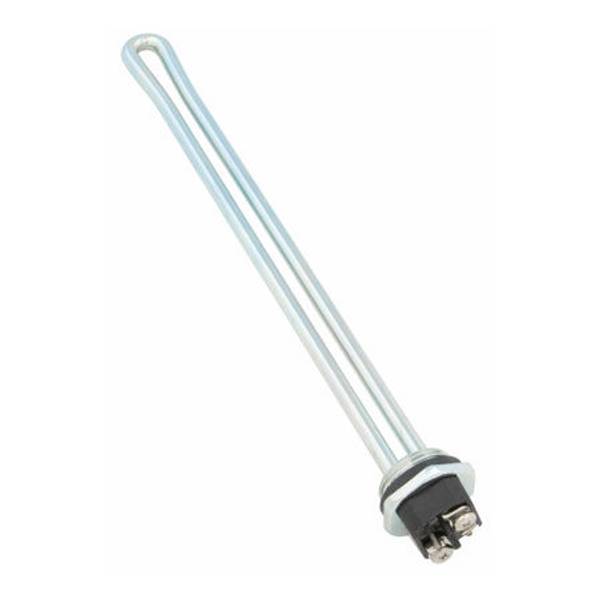
A Step-by-Step Guide on Replacing a Water Heater Element
Knowing how to replace a water heater element can save you money, and it’s easier than you may think.Identifying Heating Element Issues:
If you’re experiencing hot water problems, it could be a sign that your heating element needs replacement.- Signs of Trouble: Look out for running out of hot water, slow recovery times, or no hot water at all.
- Consider the Age: If your water heater is nearing its expected service life of 8 to 12 years, it may be more cost-effective to replace the unit entirely.
Determining the Need for Professional Help:
While the replacement process can be DIY, it’s important to assess your comfort level with electrical and water work.- Safety First: If you’re not confident or comfortable, it’s recommended to call a professional plumber for assistance.
Steps to Replace a Water Heater Element:
Here’s a breakdown of the process to help you replace your heating element successfully.-
Troubleshooting and Preparation:
- Check the Circuit Breaker: Ensure the circuit breaker is not tripped or accidentally turned off.
- Locate the Reset Button: Look for the reset button inside the upper access panel above the thermostat. If pressed, it may indicate a heating element issue.
- Test for Continuity: Use a multimeter to check if there’s continuity in the heating element. If not, it needs replacement.
-
Purchasing the Right Heating Element:
- Types of Elements: Understand the two main design styles – Screw-in and Flange. Choose the appropriate type for your water heater.
- Voltage, Wattage, and Density: Replace the old element with the same voltage, wattage, and consider the density type (high, low, or extra-low).
-
Replacement Process:
- Power and Water Shut-Off: Turn off the power at the circuit breaker and close the cold-water inlet valve. Open a hot water faucet to allow air into the tank.
- Drain the Tank: Connect a garden hose to the drain valve, drain the tank partially, and close the valve.
- Access Panel Removal: Remove the upper and lower access panels to access the heating elements.
- Inspect and Remove the Old Element: Check wiring for damage, then use an element socket wrench to remove the old heating element.
- Install the New Element: Attach a new rubber gasket to the new element, insert it into the tank, and tighten it with the element wrench. Connect the wires securely.
- Refill the Tank: Close the drain valve, turn on the water supply, and check for leaks. Tighten the element if necessary.
Additional Tips for Troubleshooting:
After replacing the heating element, there are a few extra steps to follow.- Checking for Leaks: Remove the access cover on the front of the tank, inspect for leaks, and tighten the element if needed.
- Faucet Sputtering: It’s normal for household hot water faucets to sputter temporarily after changing the heating element.
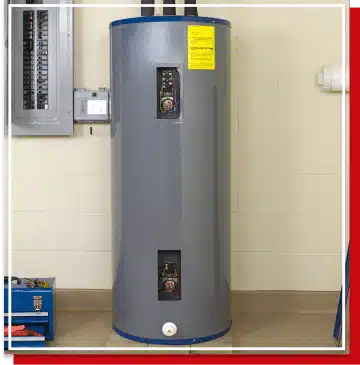
The Complete Anatomy of an Electric Water Heater – How It Works & Key Parts Explained
What’s Actually Inside Your Electric Water Heater Your water heater probably doesn’t get much thought—until it stops working. But it’s doing a lot behind the scenes, every time you take a shower, run the dishwasher, or do a load of laundry. It’s not just a big tank of hot water.
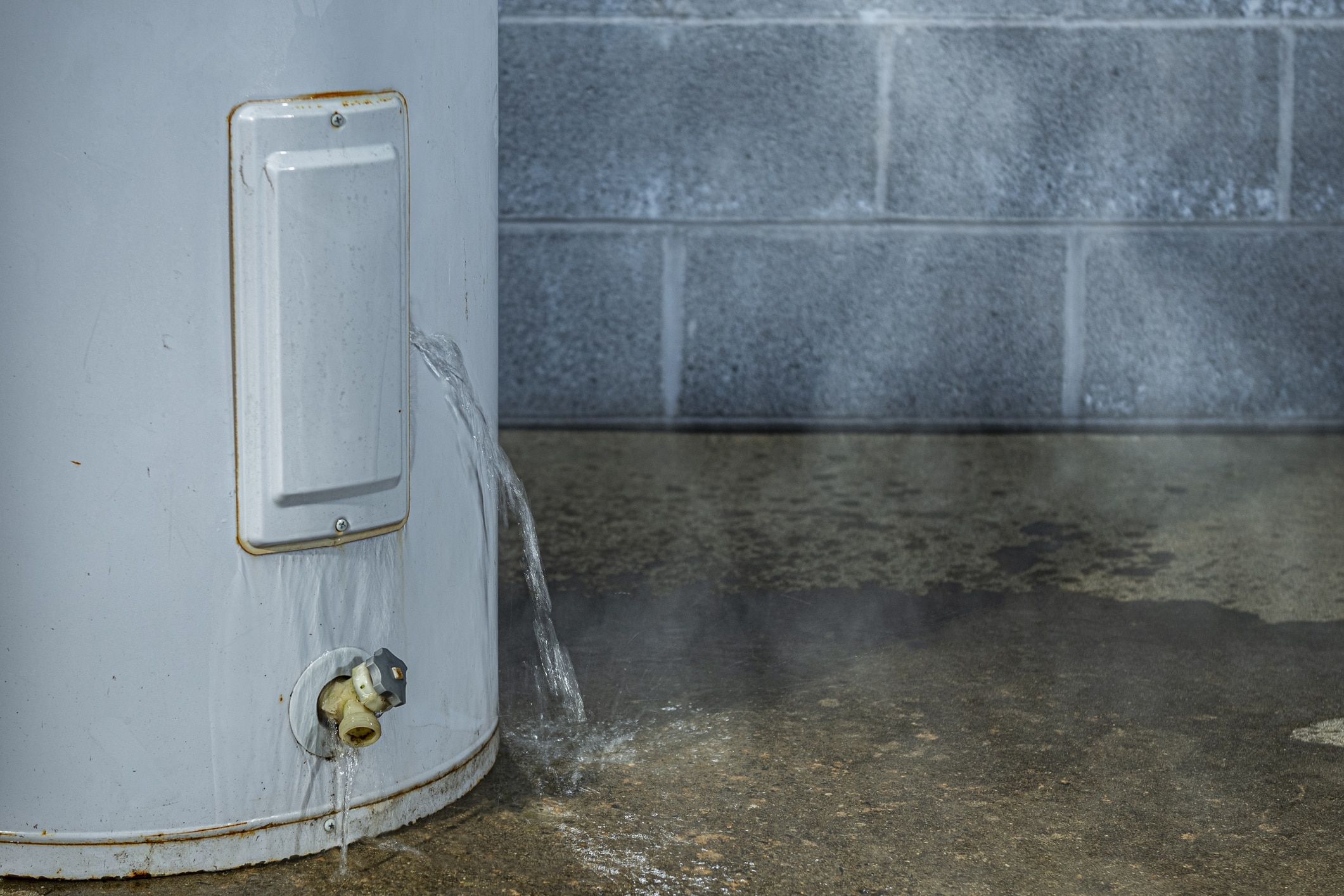
Don’t Wait for a Cold Shower (or a Flooded Hallway) Water heaters have a funny way of calling it quits when it’s least convenient.Monday morning? Freezing shower.Family in town? Flooded hallway.Important meeting? No hot water for laundry. At My Georgia Plumber, we replace water heaters every day—and most of the
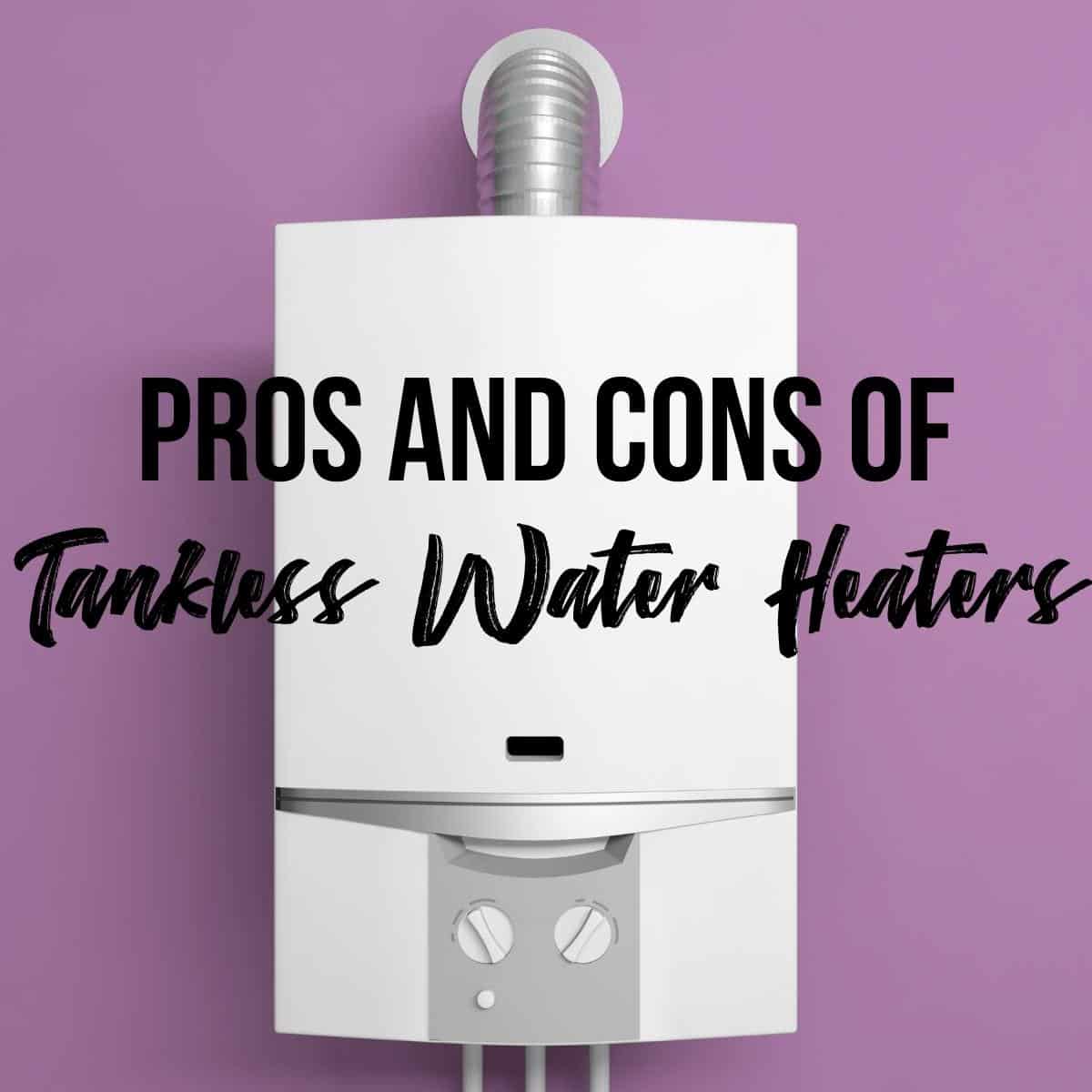
The Pros and Cons of Tankless Hot Water Heaters
Still Running Out of Hot Water? Here’s Why It’s Time to Go Tankless You’re in the middle of a hot shower, mid-chorus, shampoo in your eyes—and bam, the water turns cold. Just like that, your peaceful moment becomes a frigid sprint to get the soap out of your hair. If
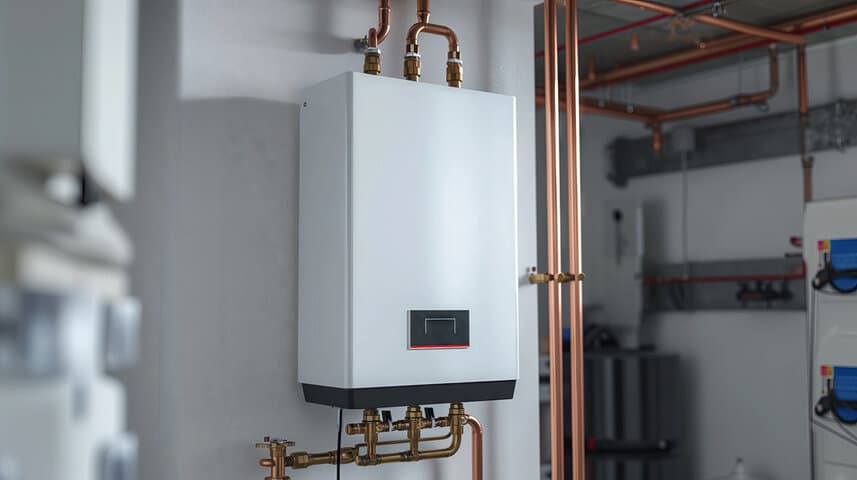
You’ve heard the hype but are Tankless Water Heaters all that? Our answer? Yep! They are all that and a bag of chips! Why? For so many reasons ranging from the savings to the consistent hot water. Let’s discuss the pros and the cons and what makes it THE water
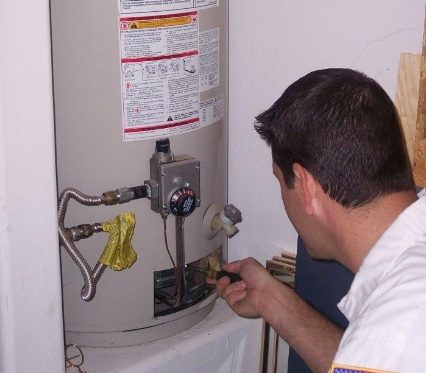
Step-by-Step Guide for Georgia Homeowners: Relighting the Pilot Light on Your Gas Water Heater
When the hot water heater in your house suddenly stops working, it can disrupt your daily routines, from showers and laundry to dishwashing. For those with a gas-powered hot water heater, a common culprit for this issue is a pilot light that has gone out. In this article, we’ll guide
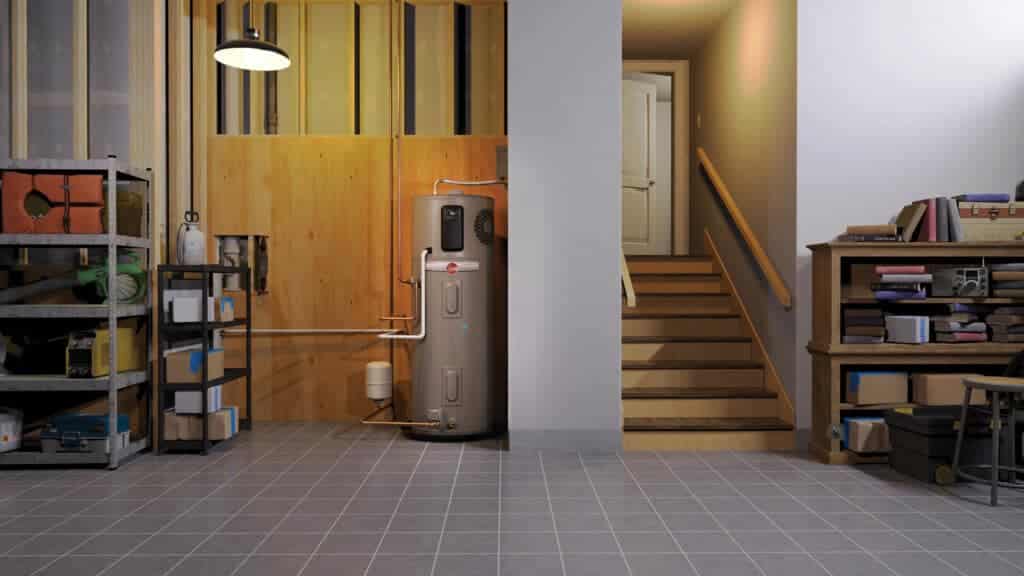
Is a Heat Pump Water Heater Right for You? Find Out Here!
Are you wondering if a heat pump water heater (HPWH) is the right choice for your home? In this blog post, we’ll break down what a heat pump water heater is, its advantages over traditional tank water heaters, and why it might be a better option than a tankless water
The Complete Anatomy of an Electric Water Heater – How It Works & Key Parts Explained
What’s Actually Inside Your Electric Water Heater Your water heater probably doesn’t get much thought—until it stops working. But it’s doing a lot behind the scenes, every time you take a shower, run the dishwasher, or do a load of laundry. It’s not just a big tank of hot water. It’s a system. And knowing...Continue reading→
How to Know When It’s Time to Replace Your Water Heater (Before It Floods Your Home) Stop Playing Plumbing Roulette—Here’s When to Replace It and Why You Shouldn’t Wait
Don’t Wait for a Cold Shower (or a Flooded Hallway) Water heaters have a funny way of calling it quits when it’s least convenient.Monday morning? Freezing shower.Family in town? Flooded hallway.Important meeting? No hot water for laundry. At My Georgia Plumber, we replace water heaters every day—and most of the emergencies we respond to didn’t...Continue reading→
The Pros and Cons of Tankless Hot Water Heaters
Still Running Out of Hot Water? Here’s Why It’s Time to Go Tankless You’re in the middle of a hot shower, mid-chorus, shampoo in your eyes—and bam, the water turns cold. Just like that, your peaceful moment becomes a frigid sprint to get the soap out of your hair. If this sounds familiar, it might...Continue reading→











